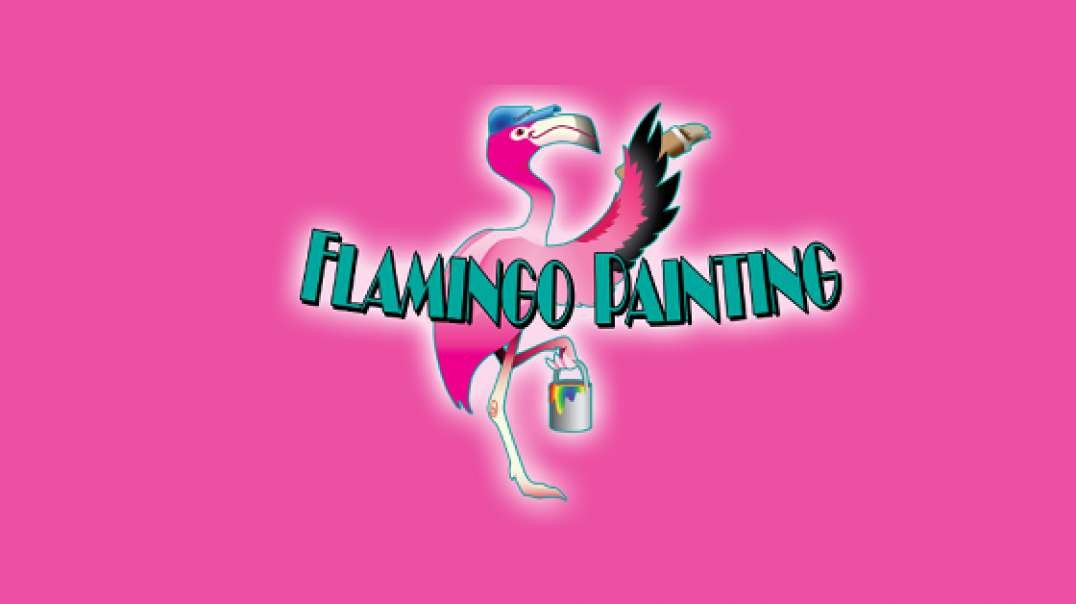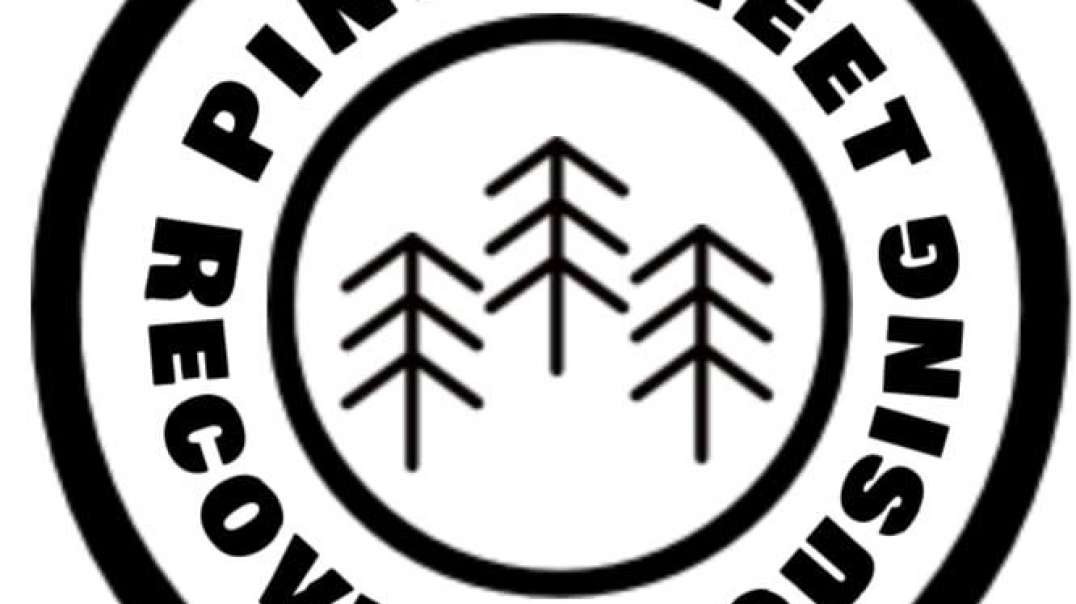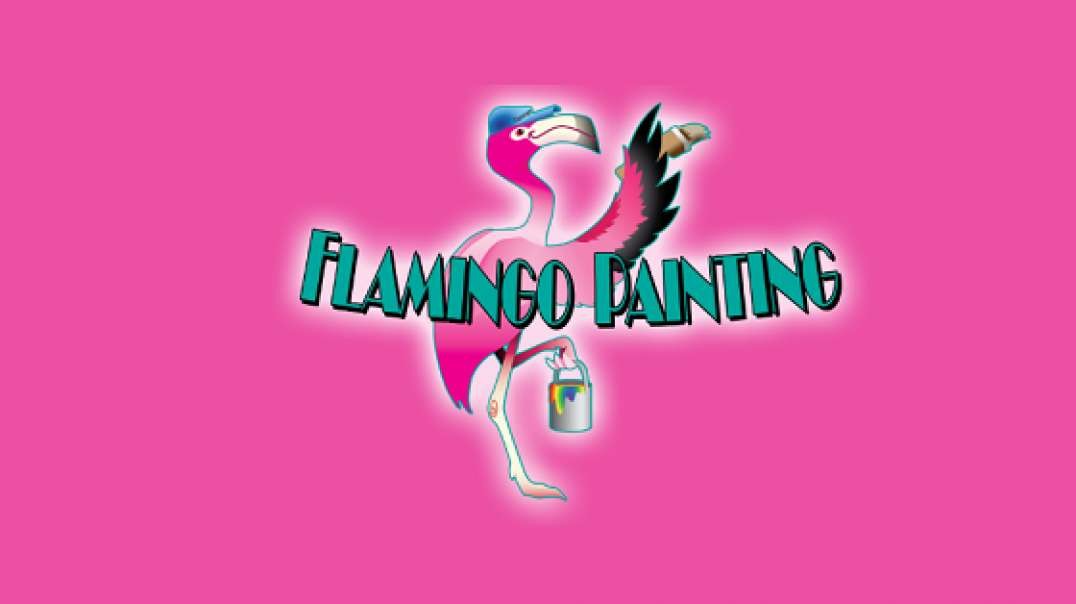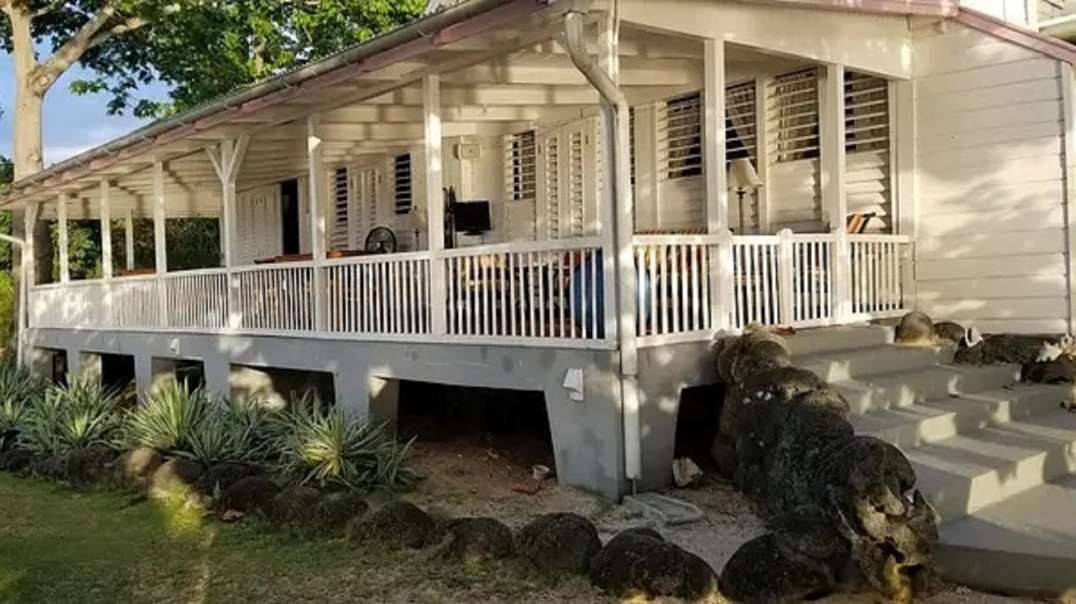Top 10 | Beautiful and Expensive Imperial Egg of Russia from the House of Faberge
In 2010, an American scrap-metal dealer visited an antique stall somewhere in the United States and purchased a golden egg sitting on a three-legged stand. The egg was adorned with diamonds and sapphires, and it opened to reveal a clock. Intending to sell the object to a buyer who would melt it down for its component metals, the dealer purchased this egg-clock for $13,302. He then had trouble selling it, as potential buyers deemed it overpriced.
The dealer had valued it incorrectly—but not the way he originally thought. In 2014, the man—who remains anonymous—discovered that his little golden objet d’art was one of the 50 exquisitely bespoke Fabergé Easter eggs created for imperial Russia’s royal Romanov family. Its value? An estimated $33 million.
The Romanovs’ extravagant royal Easter egg tradition began with Czar Alexander III in 1885. Alexander was then in the fifth year of his reign, having succeeded his father, Alexander II, who had been killed by bomb-wielding assassins. In 1885, Alexander sought an Easter gift to surprise and delight his wife Maria Feodorovna, who had spent her early years as a Danish princess before leaving Copenhagen to marry him and become a Russian empress. He turned to Peter Carl Fabergé, a master goldsmith who had taken over his father’s House of Fabergé jewelry business in 1882.
https://www.history.com/news/r....omanov-family-russia
#AndrewPidor


 Janitorial Plus LLC
Janitorial Plus LLC 
 Hampton Roads House Buyers
Hampton Roads House Buyers
 Heartwood House Detox
Heartwood House Detox
 Primary Cleaning Services
Primary Cleaning Services 
 Flamingo Painting
Flamingo Painting 
 Pine Street Recovery Housing
Pine Street Recovery Housing 
 Pro Classic Painting
Pro Classic Painting 

 Flamingo Painting
Flamingo Painting 



 Capitol Cleaning
Capitol Cleaning 
 Llantrissant Beachcliff Villa
Llantrissant Beachcliff Villa 



 Janitorial Plus LLC
Janitorial Plus LLC 
 Pro Classic Painting
Pro Classic Painting